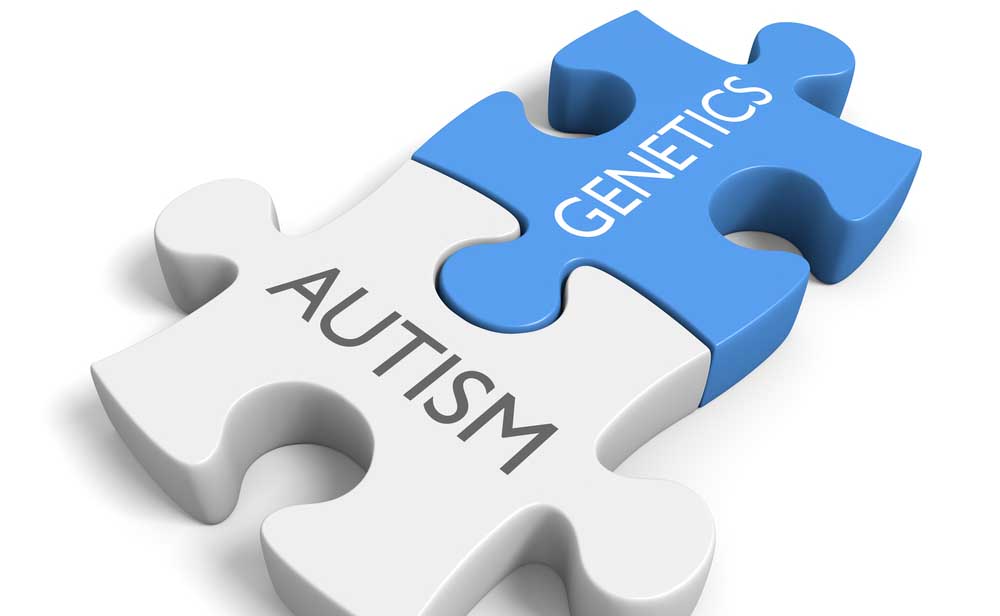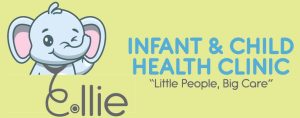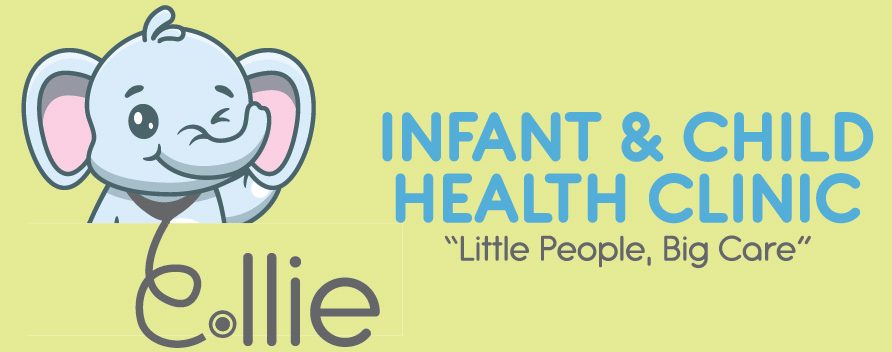Understanding the Causes of Autism Spectrum Disorder
The causes of autism are complex. Research is active in the field and shows that ASD develops from a combination of genetic factors and environmental factors. It is important to note that these factors estimate the risk of developing autism and are not a direct cause.
Genetics and Autism
Genetics play a large role in causing autism. We know this because it is a highly heritable condition. Heritability is a measure of the extent to which genes are thought to influence the expression of a certain trait in a population. This can be physical traits like the colour of hair and eyes, or something less tangible like intelligence. It can also be the incidence of medical conditions like autism. This is best studied by studying the incidence of a particular trait or condition in identical twins. Autism has a heritability of about 80 % in identical twins (who share all their DNA) vs about 20% in fraternal twins (who share about 50% of their DNA). This also means if you have one child with autism, you are more likely to have another child with autism.

Many genes have been identified but no single gene works in isolation as a cause. Genes probably work in parallel and are influenced by environmental factors to increase the risk. These genes affect brain development in early childhood. They affect the way in brain cells (neurons) connect and communicate with each other and entire regions of the brain.
The autistic brain is thought to be ‘hard-wired’ differently, and it appears these connections are enhanced- or there is hyper-connectivity. The autistic brain isn’t efficient at pruning. This is a process by which connections that are not considered useful in learning are made redundant. This process starts in early childhood and continues all the way into early adulthood. Through this process, as learning becomes more complex, brain function becomes more efficient and refined at processing information. This is thought to be the reason why autistic individuals struggle with processing information (and fixate on one subject) and tend to struggle with sensory overload. As sensory stimuli come in, the neurotypical brain learns how to adapt or habituate to repetitive stimuli. The neurodivergent brain continues to react to stimuli in active manner, never learning to adapt.

Environmental Risk Factors:
The following risk factors have been identified with an autism risk. By interacting with genetic factors, they influence brain development.
- Advanced parental age (both parents) > 45 years
- Maternal infections
- Maternal exposure to toxins
- Gestational diabetes
- Prenatal air pollution exposure
- Maternal stress
The Gut- Brain Axis
The gut microbiome is the community of microorganisms living in our intestinal systems and are known to play a crucial health in maintaining overall health. We know the gut microbiome influences digestive health, our immune systems, metabolic health as well as our mental health.
Research shows that a communication network exists between the gut microbiome and our brains, known as the gut-brain axis. This cross-talk influences neurodevelopment including, behaviour and cognitive function.
Emerging research has suggested that disruptions in the gut-brain axis may play a role in the development and manifestation of autism spectrum disorder (ASD). Gut Microbiome Dysbiosis -Individuals with ASD often exhibit alterations in the composition and diversity of their gut microbiome, a condition known as dysbiosis. Imbalances in gut bacteria may impact the production of neurotransmitters, immune function, and inflammation, all of which can influence brain development and behavior. This imbalance or dysbiosis may also explain the digestive issues that so many autistic people experience, such as constipation, abdominal pain and reflux.
Diagnosing Autism Spectrum
Autism Spectrum is diagnosed clinically by assessing development and observing behaviour. There are no tests that can be performed for a diagnosis.
Developmental monitoring and assessment should be done at regular intervals for all children from birth onwards. We assess the baby or child in different domains:
Motor (how they move) which includes gross motor (large muscles needed for strength, balance and coordination e.g sitting/rolling/ walking/ running) and fine motor movements (small muscles in hands and fingers that are used for precise and controlled actions.
Communication – how the baby or child plays and interact with others. This also includes language. Examples include smiling, cooing, babbling, pointing, eye contact and waving in infants.
Cognitive– this refers to the development of thinking, problem-solving, and understanding abilities in children. These milestones encompass various cognitive processes, including memory, attention, perception, language, and reasoning. This includes showing interest reacting to faces and objects. Responding to familiar voices and faces appropriately. In toddlers it includes pretend play, labelling objects, simple problem solving- such as sorting shapes and colours.
Developmental screening takes a closer look at how your child is developing. Your child will get a brief test, or you will complete a questionnaire about your child. The tools used for developmental and behavioral screening are formal questionnaires or checklists based on research that ask questions about a child’s development.
Developmental screening is a more structured approach to assess development. Your child should be screened if you or your doctor have a concern. However, developmental screening is a regular part of some of the well-child visits for all children even if there is not a known concern. At Ellie Infant and Child Clinic, we use the Ages and Stages Questionnaire (ASQ) for developmental screening. This tool can be used from age 2 months up to beyond 4 years of age. This is an easily understood questionnaire filled out by the parent, that also helps engage and involve parents in the process of understanding their child’s development.
There are screening tools specifically for Autism Spectrum as well. There are number available- it is important that whatever screening tool is used, it is validated. The American Academy of Pediatrics recommends screening for Autism at 18 months and 24 months. At Ellie Infant and Child Clinic, we use the Modified Checklist for Autism in Toddlers with Follow-up.
Screening tools are helpful because they help identify children who would benefit from further evaluation.
A child who has been identified as medium- or high- risk for autism, is referred to a Developmental Paediatrician, Behavioural Therapist, Child Psychologist or Psychiatrist, who then conducts a thorough evaluation- this may also involve a structured interview and questionnaires targeted toward making or ruling out a diagnosis, as well close observation of a child’s behaviour. These assessments are quite lengthy and may involve a speech and language therapist and an occupational therapist.





